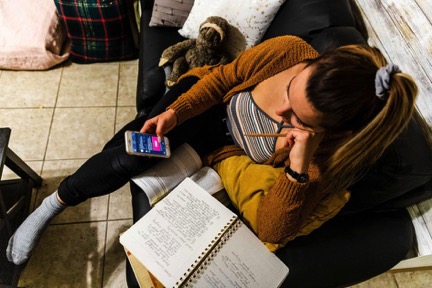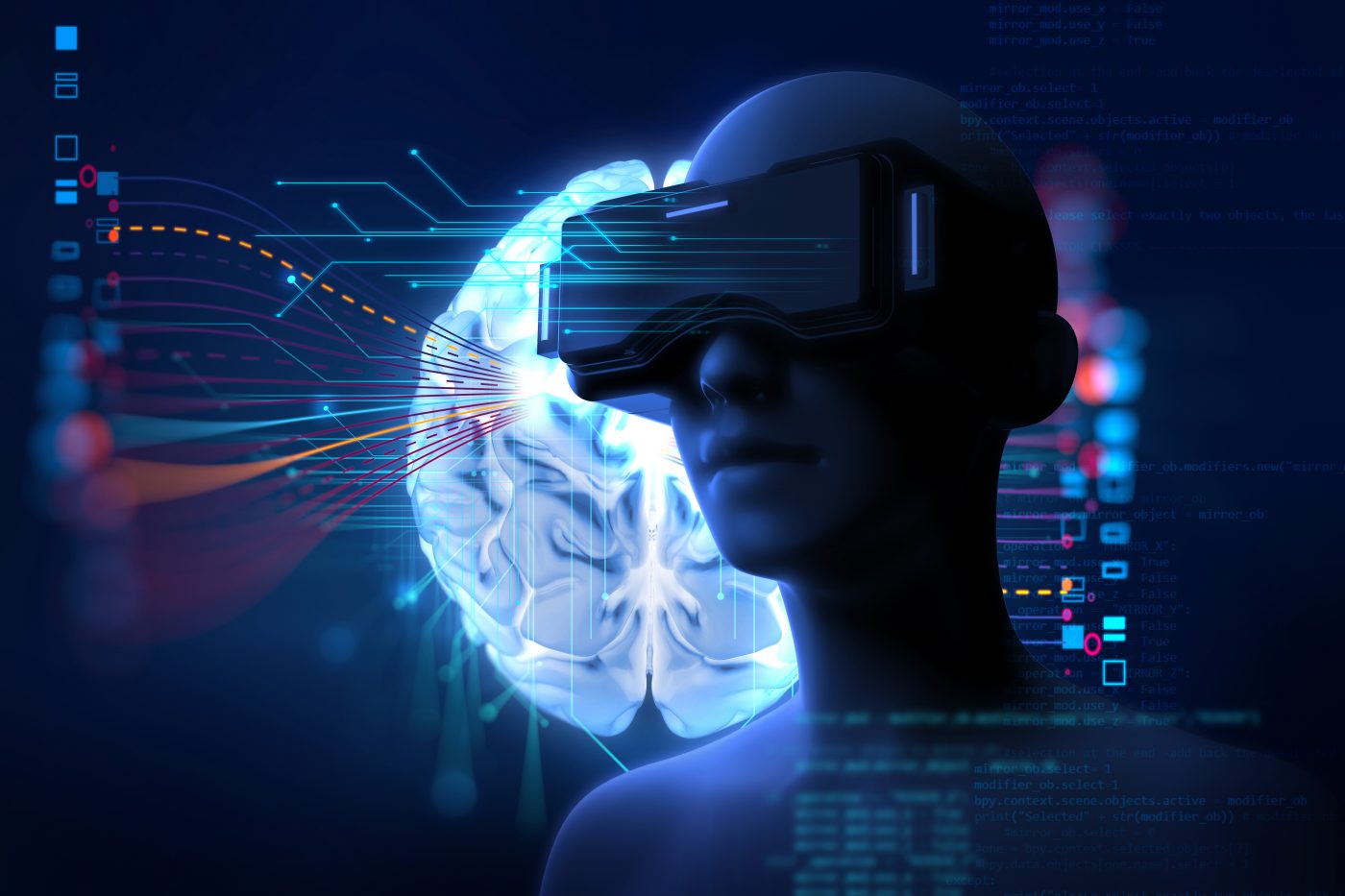
Me, my thoughts, and my emotions
Most individuals experience successes and failures during social interactions. Although it is helpful to be mindful of internal experiences and one’s own behaviors, too much focus on these things often exacerbates cognitive and behavioral symptoms of social anxiety.

A negative filter
When compared to individuals who are not socially anxious, individuals with social anxiety are more likely to experience negative thoughts about themselves and their interactions with others. In addition, they are more likely to experience less positive affect during the interactions. The interaction is endured, but not typically experienced as successful or pleasurable.

Stuck in one gear
Even though individuals with social anxiety tend to navigate most social interactions similarly to others, they often focus on what they perceive as going wrong in the interaction. Individuals often replay their version of the interaction, focusing on possible mishaps or failures. This reinforces negative beliefs about the individual and their social abilities. It can also perpetuate negative perceptions related to social interactions in general.

Finding a new focus
Social interactions can seem challenging if someone is already convinced things will go poorly and has a habit of focusing only on the unpleasant aspects. Shifting one’s focus prior to, during, and after these events can be helpful. Here are some suggestions:
Prior to the social interaction:
- Mindfulness is a practice. Engaging in mindfulness activities outside of social interactions may increase one’s ability to be curious and present during the next social interaction. Try focusing on your breath or even an object in front of you and notice when your mind drifts to thoughts or other sensations. When it does, just bring it back. Keep practicing.
- Get curious! Although you may think you know how the interaction will go, let this prediction (thought) come and go in your mind. Allow yourself to be curious about this social interaction, not the one before it or after.
During the social interaction:
- Don’t let you feelings be your (only) guide. Anxious feelings may be a result of fearful interpretations of a possible threat, rather than a message about the success of the current interaction.
- Feelings of anxiety and discomfort may be present during the interaction. Practice accepting the emotions instead of trying to push them away.
- Try focusing on observable behaviors in the moment, rather than just internal thoughts, sensations, and emotions.
- You may have a habit of scanning for any mistake or something that went wrong during a social interaction. However, socially anxious individuals who reviewed videos of their social interactions were able to develop a more realistic and less negative view of themselves and their social abilities. Even if you don’t record each interaction, you can shift your attention to find at least one neutral sign or positive aspect of the interaction.
After the social interaction:
- Post-event rumination is another time to use mindfulness skills. Remind yourself that this is not a helpful use of your time or focus. Shift your attention onto the present moment.
Michelle Dexter, PhD
NSAC Los Angeles
References:
Amir, N., Beard, C., & Bower, E. (2005). Interpretation bias and social anxiety. Cognitive Therapy and Research, 29(4), 433–443. https://doi.org/10.1007/s10608-005-2834-5
Brozovich, F., & Heimberg, R. G. (2008). An analysis of postevent processing in social anxiety disorder. Clinical Psychology Review, 28(6), 891–903. https://doi.org/10.1016/j.
cpr.2008.01.002
Geyer, E. C., Fua, K. C., Daniel, K. E., Chow, P. I., Bonelli, W., Huang, Y., … Teachman, B. A. (2018). I did ok, but did I like it? Using ecological momentary assessment to examine perceptions of social interactions associated with severity of social anxiety and depression. Behavior Therapy, 49(6), 866–880. https://doi.org/10.1016/j.beth.2018.07.009
Hofmann, S. G. (2007). Cognitive factors that maintain social anxiety disorder: A comprehensive model and its treatment implications. Cognitive Behaviour Therapy, 36 (4), 193-209. https://doi.org/10.1080/16506070701421313
Kashdan, T. B. (2007). Social anxiety spectrum and diminished positive experiences: Theoretical synthesis and meta-analysis. Clinical Psychology Review, 27(3), 348–365. https://doi.org/10.1016/j.cpr.2006.12.003
Kashdan, Weeks, & Savostyanova, (2011). Whether, how, and when social anxiety shapes positive experiences and events: A self-regulatory framework and treatment implications. Clinical Psychology Review 31, 786-799.
Warnock-Parkes, E., Wild, J., Stott, R., Grey, N., Ehlers, A., & Clark, D. M. (2017). Seeing is believing: Using video feedback in cognitive therapy for social anxiety disorder. Cognitive and Behavioral Practice, 24(2), 245–255. https://doi.org/10.1016/j.cbpra.2016.03.007
Share this blog post











